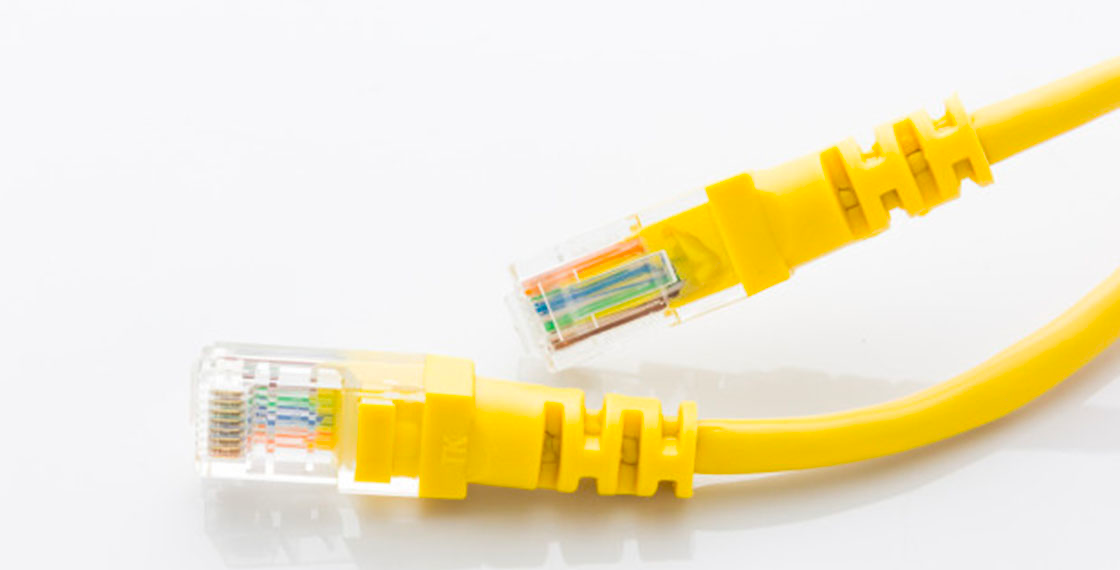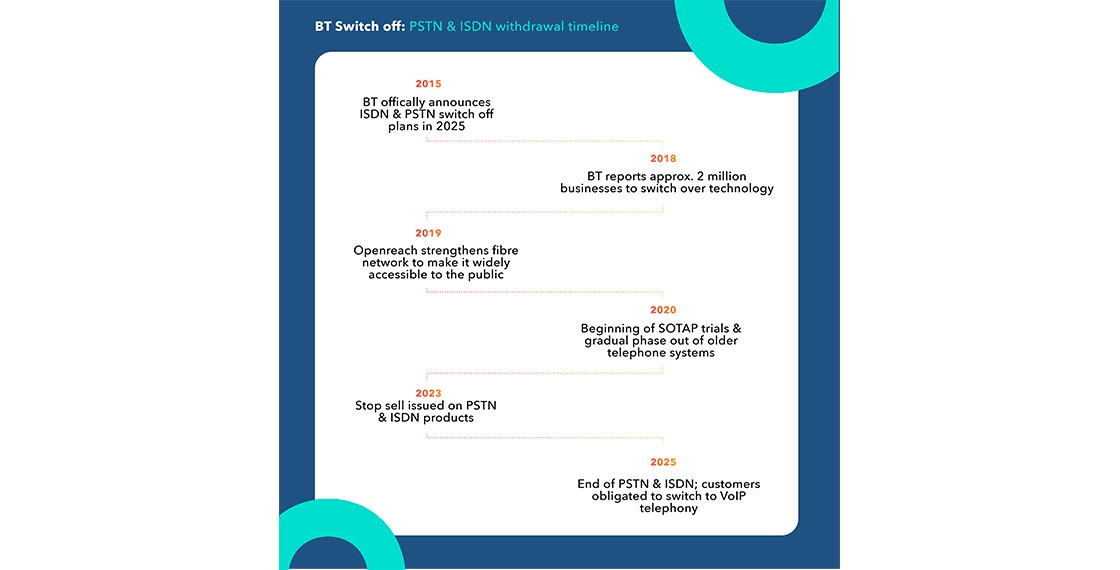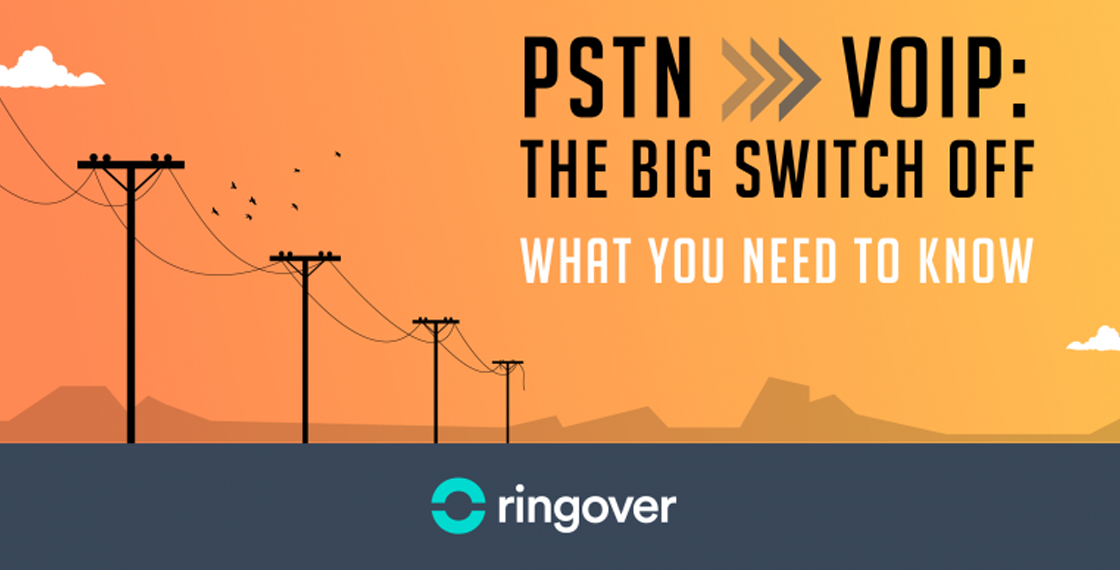Summary
It’s amazing to think how much has changed in the past few decades, in the technology we use for making calls to each other. But it’s not just the devices in our pockets which are evolving rapidly. Less obviously, the infrastructure which relays those calls from one place to another has transformed completely too - which means that some of it is now increasingly outdated and needs to change.That’s why you might have heard your phone provider talking about ‘The Big Switch-Off’ - but what is it, and how does it affect you?
All these initials and terms...

Now we live our life through simple apps, the acronyms of the past already feel nostalgic. But you’ll hear phone companies talking about the UK’s old public switched telephone network (PSTN), which still includes some of the copper wires originally laid in the 19th century!You might also hear about the Integrated Services Digital Network (ISDN), introduced in 1986, which allowed the first digital transmissions to use the PSTN. Since that time various hybrid solutions to increase capacity and speeds have emerged, mostly focused around ISDN and scaling that up, to finally provide the high-speed broadband networks most of us enjoy today.

Openreach was created in the UK in 2006 following an agreement by the Office of Communications (Ofcom) and British Telecom (BT) to provide equal and fair access to the UK’s telephony network after de-nationalisation. This meant that new Communications Providers (CPs) could resell phone services. Nowadays however, most voice calling is provided via voice over IP (VoIP), rather than over the old phone network… and this is why BT announced in 2015 that they would taking the big step of switching off the PSTN in December 2025. This means that all services — voice, data, video and broadcasting — will be switched to the IP protocol.
BT Switch off: PSTN & ISDN withdrawal timeline

How will this affect me?
The first thing you need to know is that in terms of making and receiving calls, your experience won’t be very different to what you do now. All the changeover happens in the part you don’t see directly, how that call gets routed - which will be over the internet, rather than the PSTN. You may already make calls like this anyway, using services like Whatsapp calling, Facetime or Skype.If you’re buying new phone lines on behalf of your business though, you will no longer be able to order or purchase a traditional PSTN or ISDN phone system from BT. That’s because they’re getting ahead of the ordering cycle well in advance, to ensure no one is left behind by the switchover. And while you might not have been thinking about a new phone system, that applies to things like adding new lines and departments too, with the constraint being rolled out through 2020. So, you might find yourself up against ordering limits sooner than you anticipated, even though Openreach’s final cut-off date for installing any new ISDN lines is September 2023. Openreach are providing a number of alternative access “single order” products to underpin the migration and support businesses through the switchover - but do you want to migrate your phone system once, or twice?If you presently use a non-VoIP phone system in your business, you can talk to a phone provider like RingOver now about how to prepare for the switch-off, because although you won’t be forced to make the move for another 5 years, you’ll want to be prepared, and make sure you take your published phone numbers over with you.And you will want to give a bit of thought to other services which use telephone lines - such as payment terminals, alarms, etc. There are a range of solutions on offer through your phone company to support these, even if you don’t have fibre broadband right to your building, so again, getting a plan in place well ahead of time is the best strategy to ensure lack of interruption - and get ahead of your competitors who will end up caught in the last-minute rush in a few years’ time.There hasn’t been a similar scale technological transition in the UK since the switch-off of the analogue TV network in 2007 — which you probably remember, because it was supported by millions in government funding, to make sure nobody was taken by surprise. When it comes to this phone transition though it’s being left to the industry, the phone companies, to get the word out and support their customers.
Getting ahead means getting with VoIP

The best way to avoid disruption during switchover in 2025 is through adopting a phone system like Ringover, sooner rather than later. Then you won’t have to wait to experience a wide range of benefits, which include:
No hardware to worry about
With VoIP, everything is managed through an app on your computer and/or mobile device - that means there are no installation or hardware purchase costs, even if you add new lines or move to new offices.
Location-independence
It’s not just during a global health crisis that VoIP supports your business. When your team is free to work from anywhere — back at the office, in a co-working centre, or even while on the move - you have maximum flexibility, and they can even use their own device.
Upgrade flexibly over IP too
The latest VoIP solutions are available completely ‘as a service’ — offering completely scalable, transparent, and up-to-date solutions as your needs evolve.With VoIP phones delivered as desktop or mobile software applications, everyone can take advantage of the latest updates and improvements, to enjoy the best user experience and security features.
What do I do next?
Start by assessing your current communications strategy and resources, and making sure you’re ready for the switch to VoIP. You’ll need to check that you have enough bandwidth and a Quality of Service commitment from your provider. But the good news is that voice typically uses a lot less data than video and other forms of data, so if you’re already doing conferencing and similar high-demand connections, you’re probably fine.Then contact Ringover to talk about your roadmap, for transitioning to VoIP at a pace which makes sense for your business — taking account of your starting point, and allowing for number porting, extension lines, compatibility, and security checks. It can probably all be done simultaneously, with the right planning in place.Don’t wait for 5 years to pass, when you’ll be competing with everybody left behind to grab the solutions available when you could be enjoying the power and flexibility of a Ringover VoIP business phone system today.
Ready to start your switchover to VoIP?
Contact our experts to help guide you step-by-step at +44 20 7509 6665 or send an email to [email protected]. Start your free trial today.

Published on June 30, 2020.

